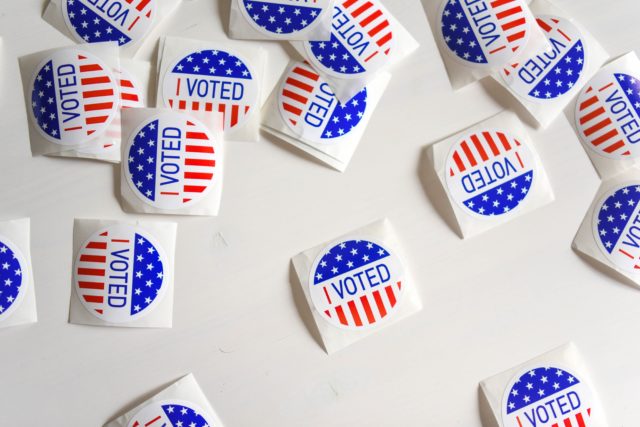Summary of:
Rae, J. R., Reimer, N. K., Calanchini, J., Lai, C. K., Rivers, A. M., Dasgupta, N., Hewstone, M., & Schmid, K. (2018). Intergroup contact and implicit racial attitudes: Contact is related to less activation of biased evaluation but is unrelated to bias inhibition. N.p. Web. 09 Sep 2020. https://osf.io/3qnmx/.
Background & Theory
This article explores intergroup contact and its effects on racial discrimination and implicit bias. The authors explore how intergroup contact effects both ingroup and outgroup evaluations, and what motives might inhibit evaluations. Rather than focusing on outgroup discrimination, the researchers viewed their questions through the lens of ingroup favoritism.
Research Questions
The authors address the following questions in their article:
- How does intergroup contact impact biased ingroup and outgroup evaluations? Does intergroup contact play a role in inhibiting the evaluations?
- Does group status as minority or majority play a role in the effect of intergroup contact?
- Does intergroup contact effectively reduce implicit bias?
Methods
The authors conducted two identical studies for the purpose of confirming their results. Both studies took a sample from Project Implicit, which is a project that studies implicit bias. They utilized the data from 2,500 white and 2,500 black respondents for each study (total of 10,000 respondents for both studies), with both samples being randomized. The data used for these studies were taken from IATs (Implicit Association Tests) and additional information that was self-reported, including demographics. Intergroup contact was evaluated based on interaction with family, friends, or romantic partners. The researchers focused specifically on ingroup favoritism as opposed to outgroup discrimination. The data was then analyzed through a Quad model, multiple statistical models, and then evaluated by the researchers in order to determine if the model was focused in the right direction related to the hypotheses.
Results
Study 1 found that there was a correlation between intergroup contact and its ability to produce less favorable ingroup evaluations and more favorable outgroup evaluations, but there was little evidence that the respondents’ race played a role in this process. It was shown that white respondents had a correlation between intergroup contact and the inhibition of biased evaluations (in this case, that it lessened inhibition), but this was not the same for black respondents.
Study 2 shared some similar results to Study 1 but differed in other areas. Study 2 also found that respondents with more intergroup contact showed less favorable ingroup evaluations, but they did not share similar results in that Study 2 found little relationship between intergroup contact and more positive outgroup evaluations. Study 2 did not support the hypothesis that intergroup contact may inhibit biased evaluations, and it showed that white respondents showed positive ingroup and outgroup evaluations, but still less inhibition of biased outgroup evaluations.
When combining the data from both studies and processing it, it was shown that more intergroup contact was associated with less favorable ingroup and more favorable outgroup evaluations. However, intergroup contact did not seem to impact the inhibition of biased evaluations. Race did not seem to play much of a factor, with white respondents showing more positive ingroup and outgroup evaluations, though less inhibition of biased evaluations, but there was not much direct correlation for black respondents.
What This Means
- Intergroup contact does seem to play a role in ingroup and outgroup evaluations, especially in terms of less negative outgroup evaluations, and is shown to impact implicit bias.
- Reducing ingroup favoritism may be key to reducing racial bias.
- Intergroup contact was shown to have very little to do with inhibiting biased evaluations, and whether one is a minority/majority member did not have any major impact on this study.
- Intergroup contact overall seems to have more benefits than negatives and is something we should continually strive to better understand how to use it to reduce conflict and bias.
Final Takeaway
For consultants: How can intergroup contact be used in conflict resolution? Especially in communities, finding ways to engage in intergroup contact may be particularly helpful in reducing bias and conflict. It’s not a perfect mechanism, but it can definitely help.
For everyone: The more we can address our own bias, the less likely we are to be in conflict with others. Self-evaluation with an open mind pushes us to be and do better.



